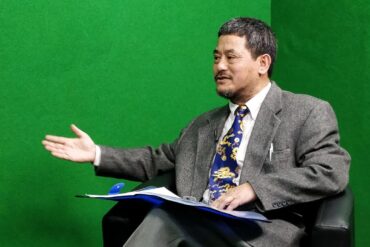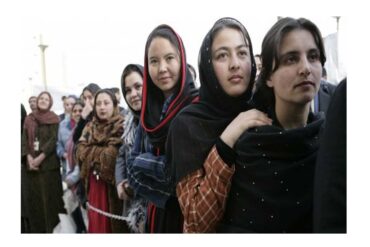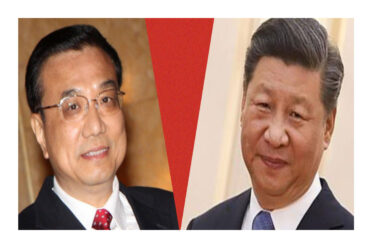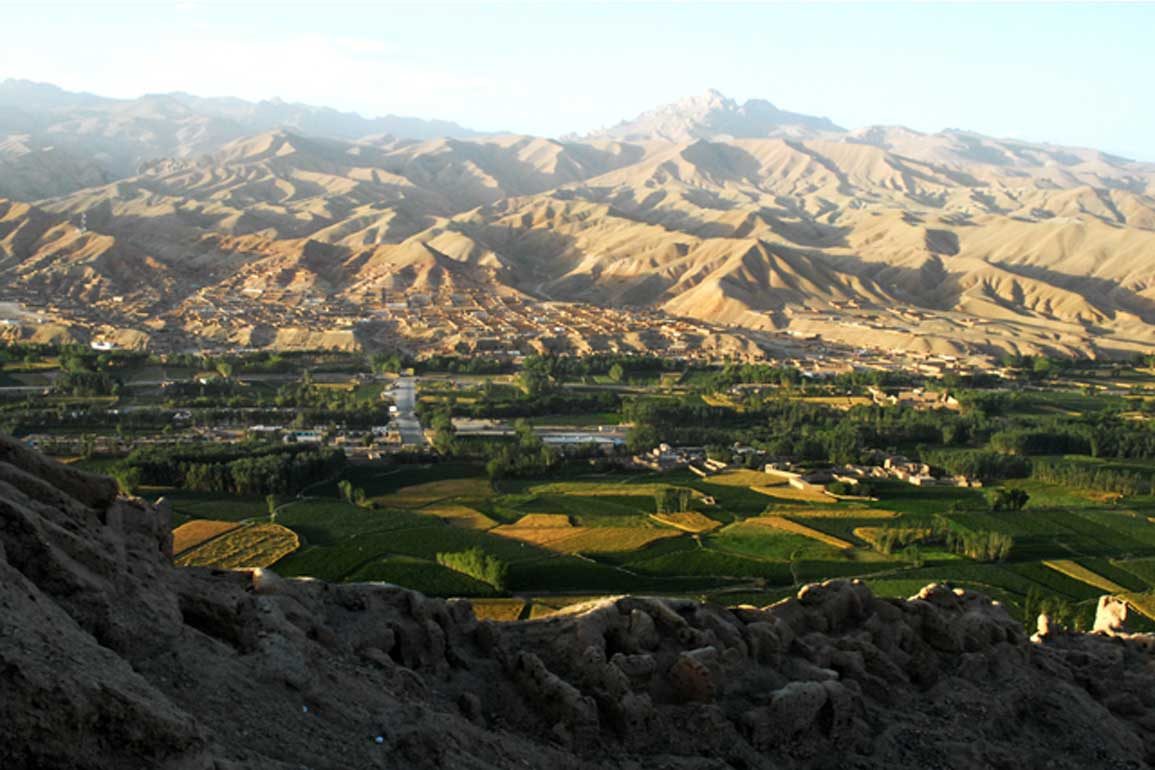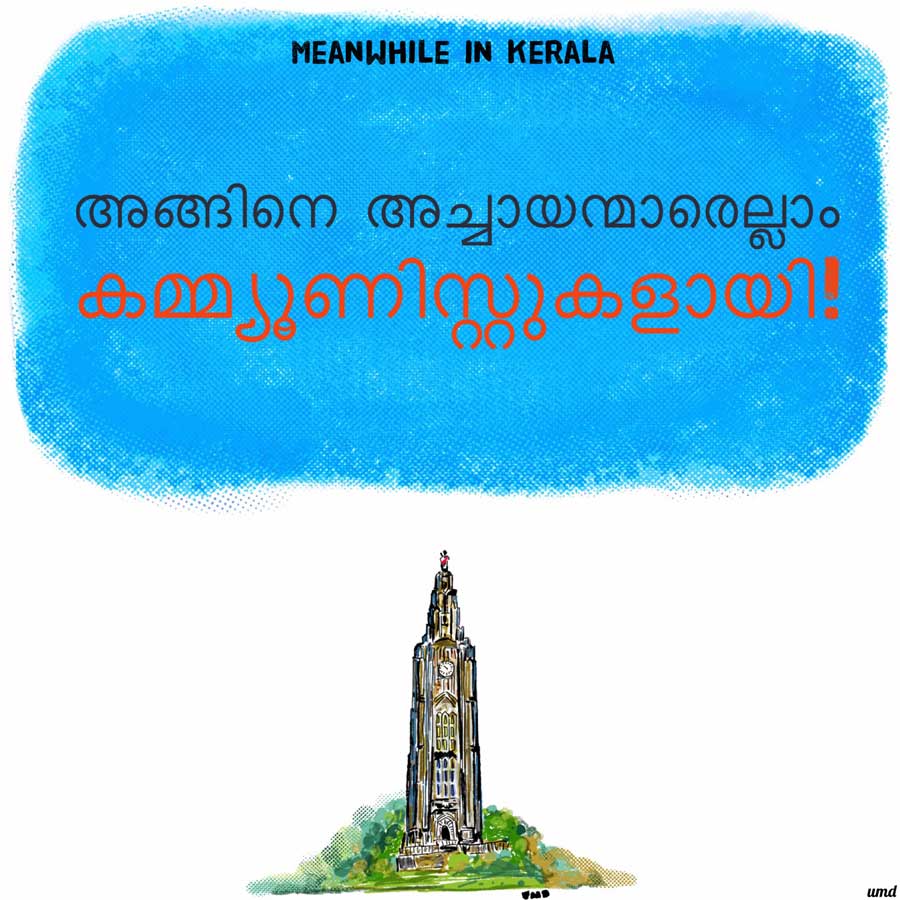South Delhi’s Lajpat Nagar is famous for Afghan restaurants. When I was a journalism student in the city last year, as part of exploring the city, I visited one of those restaurants one day along with a friend to try out some Afghani food. The restaurant was filled with pretty much equal number of Afghans and locals. On that night, we got a glimpse of Afghan hospitality and culinary heritage. The restaurant was well-maintained and could attract any tourist who passed by, with the exquisite aroma of Mutton Korma and other non-vegetarian dishes being cooked inside. That night I was thinking about all the news related to conflict and violence coming out of Afghanistan on a regular basis, which rarely reflect in the eyes of the people we saw at the restaurant and on the streets outside.
The Central Asian country is infamously in the news for repeated bombings, attacks on civilians and schoolchildren, and for possibly every other wrong reason. Photography and history enthusiasts can never forget the iconic image of the ‘Afghan Girl’ captured in 1984 by Steve McCurry for National Geographic magazine. She was living in a refugee camp in Pakistan during the Soviet occupation period of Afghan history. There are tens of thousands of stories like her in refugee camps and conflict-ridden territories of Afghanistan. Literature enthusiasts can find a piece of this less-understood country through the novels of Khaled Hosseini, probably the most famous writer of Afghan ethnicity in English language in recent times.
Three months before I write this, in February 2020, Pakistan observed an international event marking 40 years of hosting Afghan refugees in Pakistan, which is its immediate eastern neighbour. The same month, on the Leap Year Day, the United States, which maintains a permanent presence of its troops in the Central Asian state since 2001, signed a peace agreement with its major insurgent group, the Taliban. Accordingly, the foreign troops will exit the country in a 14-month time in a phased manner. But, the deal was greatly criticised for not inviting the democratically-elected national government of Afghanistan based in Kabul, the capital. This government is in existence since 2001 as an interim administration, after the toppling of the five-year-old Taliban regime in response to 9/11 by ‘Operation Enduring Freedom’ executed by the United States and since 2004, as a full-fledged government. For more than a decade, NATO troops were also deployed in the war-battered state till 2014, when the troops were limited only of that of the United States in a new operation since 2014 under the name, ‘Operation Freedom’s Sentinel’.
The presence of too many actors, both state and non-state, makes the ground situation in Afghanistan complicated. The Taliban is now stronger than at any point in the last 18 years. It now controls 18 per cent of districts, mostly inner areas, while the elected government controls 33 per cent, according to the Long War Journal, a US-based publication keeping track of the conflict since 2007. Another 2020 report by the UN still attributes strong ties of Taliban with Al-Qaeda, another deadly network of militants. The ‘War on Terror’ story continues for infinity, without a glimmer of hope for peace
A brief historical background
The United States, under Donald Trump, is eager to pull out US troops from Afghanistan to secure the lives of American soldiers. He also wants America to disengage from all the interventions it had made during the Cold War to secure its geopolitical interests worldwide. It was indeed a failure of the Reagan Doctrine – aiding the anti-communist insurgents to topple communist regimes with money and weapons (the mujahedeen fighters in Afghanistan) – and all the policies followed by the US with regard to the Middle-East and Afghanistan that left the Islamist insurgents in Afghanistan with a vast pool of American weapons which was supposed to be used against Soviets. But, as the communist superpower withdrew in 1989 after a decade and, with the subsequent end of the Cold War, added with the US involvement in the Gulf War under ‘Operation Desert Storm’, these militants started developing animosity against the same power that provided them with the weapons and money to fight communist expansionism – the United States. They also pointed at the confrontational attitude of the US towards other Muslim countries in the Arab World and elsewhere as a reason to fight. This time they were also supported by other rich extremists like Osama bin Laden, who was a Saudi citizen. This same brand of militants executed 9/11, the first instance of a direct terror attack in US soil in history.
In many parts of the world where the United States militarily intervened either to protect its geopolitical interests or to contain the spread of communism, it failed, the most famous instance in Vietnam, where it suffered a humiliating defeat inflicted upon by Viet Cong guerrillas. In many ways, if we look back at history, there is a prevailing déjà vu of a Vietnam repeating in Afghanistan. The US didn’t want a loss of face – therefore it initiated peace talks with the Taliban.
The negotiations to ensure peace in Afghanistan are going on ever since Obama administration’s tenure. But, it gathered momentum in 2018, when the Trump administration appointed Zalmay Khalilzad, an Afghan-American diplomat, as the ‘Special Representative for Afghanistan Reconciliation’ to carry forward the peace talks on behalf of the US government. Since 2018, this is on-going mostly from the Qatari capital, Doha. It was Khalilzad who signed the Peace Accord in February, this year.
But, this accord alone doesn’t guarantee peace to its civilian population who fear a return of the Taliban’s totalitarian rule under strict Islamic rules where women’s rights and human rights would be curtailed. Even after the signing of the peace agreement, Taliban attacks resurfaced in many parts of the country targeting civilians and minorities alike. In March 2020, a Sikh Gurudwara in Kabul was also attacked by suicide bombers and armed militants. Violence against minorities — religious and ethnic — has also not stopped. All this shows that the Taliban is not a credible party to any reconciliatory talk or peace accord.
Last week, in a gruesome incident, an attack by the Islamic State (IS) militants was methodically targeted at a maternity hospital run by MSF (Doctors Without Borders) in the minority Shia-Hazara neighbourhood of Kabul, killing 24, including new-born babies, mothers, and medical staff on duty. The Taliban has denied any involvement in the attack. The presence of the Islamic State, in addition to other militant groups, further complicates the situation on the ground in Afghanistan.
In spite of horrific incidents like this, the United States under Trump is moving ahead to pull out its troops and is getting ready to abandon five of its military bases by mid-July. When the foreign troops leave Afghanistan for good after a year, there is every possibility that the country would plunge into total chaos.
India’s role in Afghanistan
Even though geographically located in Central Asia, Afghanistan was admitted into the South Asian Association of Regional Cooperation (SAARC) in 2007 due to its historic and cultural ties with the Indian subcontinent. With the prospect of a US exit, India, a big player in the SAARC region, can also engage with the major actors in Afghanistan, without excluding the Taliban. As of today, India has initiated several projects in Afghanistan with the elected government as its partner, like the new Afghan Parliament built by India in 2015 and the start of a New Delhi-Kabul Direct Air Freight Corridor in 2017. India has previously never engaged directly with the Taliban, but in future, such a need might possibly arise considering India’s own security in the wake of a complete US exit.
Mr Khalilzad was in India on 7 May 2020, and he met India’s External Affairs Minister S Jaishankar and National Security Advisor Ajit Doval. Increasing violence in Afghanistan against minorities including Afghan Sikhs and Hindus was raised by India. Khalilzad also said that India should play a more active role in Afghanistan. He even suggested that India should talk directly with the Taliban.
The Pakistan factor
Pakistan remains eternally against any role for India in Afghanistan, as recently vindicated by the statement of Pakistan Foreign Minister Shah Mahmood Qureshi in March, this year. He even fallaciously accused India of playing the role of a “spoiler” in Afghanistan. But, in fact, India has been spending around $2 billion in reconstruction on the war-torn country. India also claims a border with Afghanistan’s tiny strip of land called Wakhan Corridor through Kashmir’s disputed Gilgit-Baltistan, occupied by Pakistan. India accuses Pakistan of providing a safe haven for the military operations of Pashtun militants of Afghanistan. It is also a fact that the external intelligence agency of Pakistan, the ISI, has trained the Afghan fighters – the mujahedeen rebels – during the fight against the communist regime in Afghanistan in the 1980s with US support. But even today, the Taliban maintains close ties with the ISI, which gives Pakistan strategic depth in Afghanistan vis-à-vis India.
Times ahead isn’t going to be any different from the past
From the era of Alexander the Great, several powers tried to bring Afghanistan under their control. But no foreign power emerged completely victorious in controlling the land-locked country. In the 18th century CE, the Durranis ruled most of present-day Afghanistan. Then came the British, who made the country a buffer state between the ‘Jewel in its Crown’ British India and the Tsarist Russian Empire. They all left after brief spells. Due to this reason, many historians dubbed Afghanistan as the ‘Graveyard of Empires’.
The common folk of Afghanistan don’t want their country to go back to the Taliban era. They had just begun to taste democracy after 2004. But, with the prospect of the imminent US exit, Afghanistan stares at a revival of religious fundamentalism. The US-trained Afghan security forces are poised to struggle against a resurgent Taliban, increasingly gaining foothold among the masses with the ‘sons of the soil’ argument across the length and breadth of the land-locked country. What peace-loving Afghanis hope for is a new, stable future without violence, which remains to this day a distant dream.


